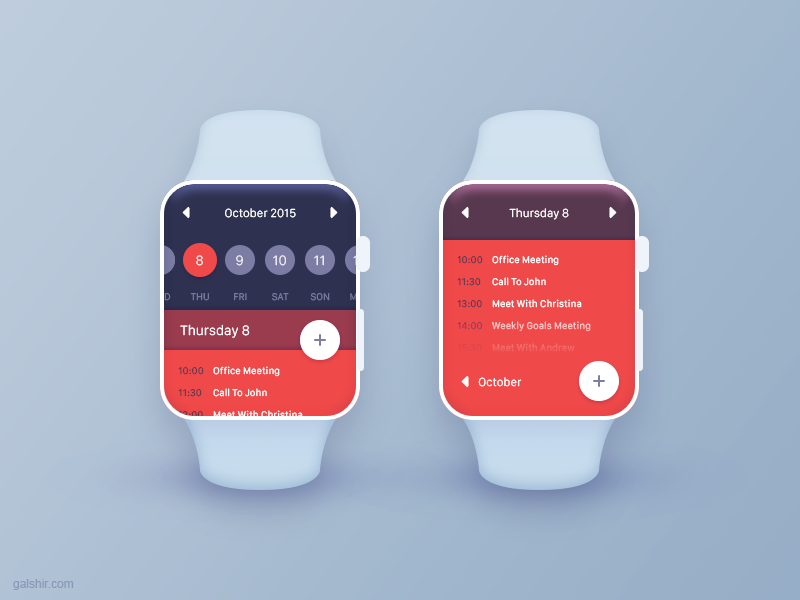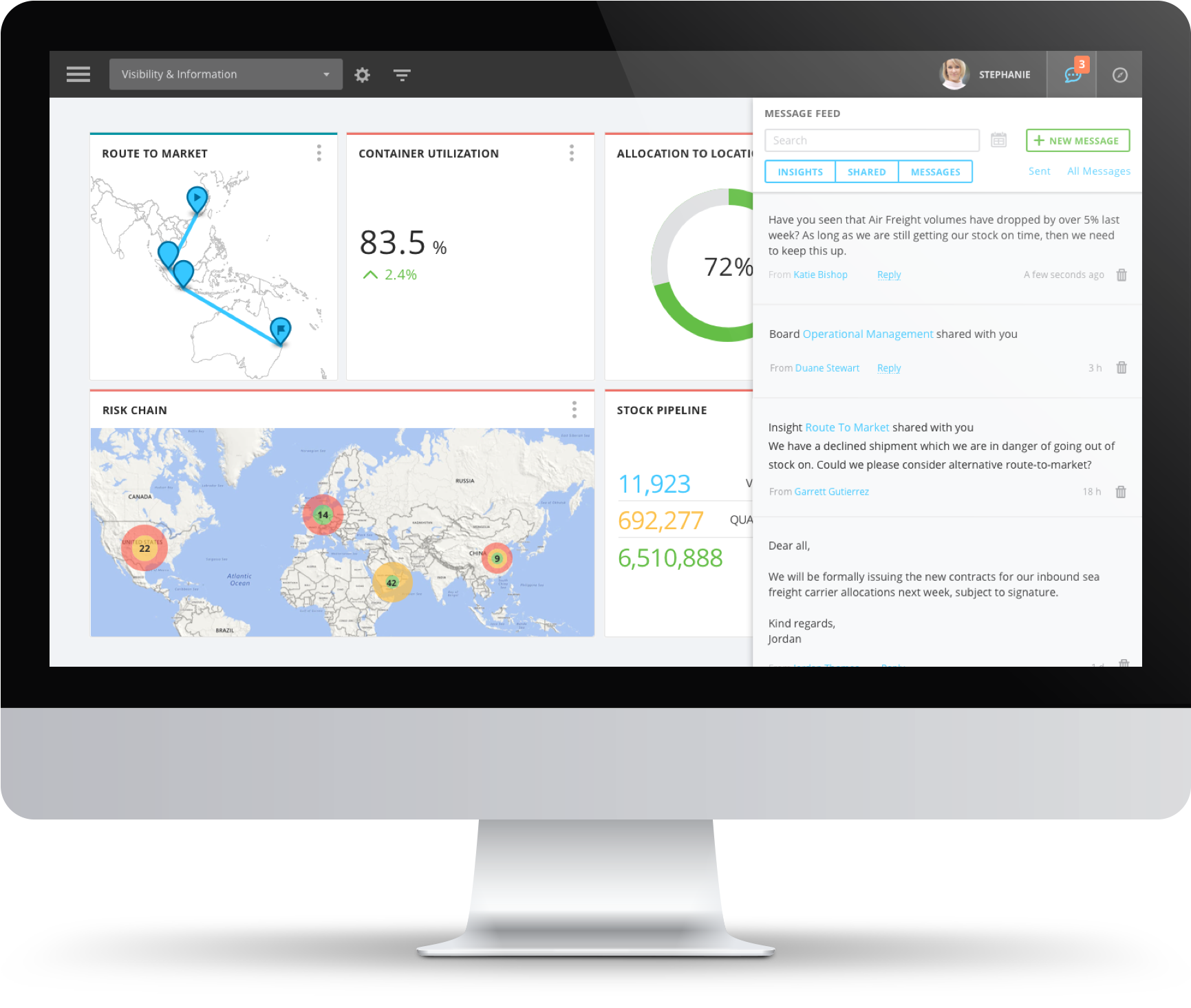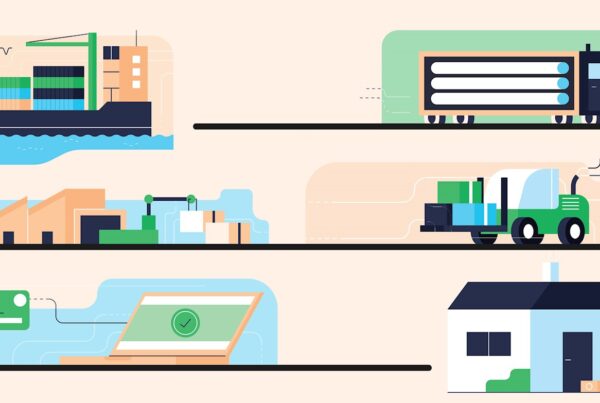You are not in the business of developing software. Your focus is on moving goods all over the world, continually working under tight deadlines.
Your IT team has limited time and resources to devote to building supply chain management solutions in-house, so you turn to third party technology solutions, and there are ever-growing numbers from which to choose. As you evaluate the key features and capabilities of various solutions, remember to give equal scrutiny to whether the vendor is just as committed as you are to providing excellent customer service.

Defining “Customer-Centric”
Determining which solution best meets your needs can be difficult, but at least finding a selection to choose from won’t be. Research firm Gartner reported that supply chain visibility and intelligence solutions were the fastest growing supply chain technology segments, and forecasted the deployment of these types of software applications would increase 50 percent by 2018.
Your evaluation process probably begins by creating a checklist of features you need a new software solution to provide. That checklist should not just include variables like functionality and price, but also whether it will enable you to provide the highest levels of customer service.
You’ll be able to make that decision if you can answer “yes” to the following questions:
- Does the solution move information seamlessly between my company and all the different parties that make up the supply chain?
- Will I be able to perform my job more efficiently and improve my productivity?
- Will I be able to help my company increase profitability, or win new business?
- Will our customers see how we’re able to go above and beyond their expectations to help them succeed?
The Legacy Of Steve Jobs
Apple has long since been a top business school case study for the benefits of prioritizing the customer experience. Apple did not invent the personal computer, the portable digital music player, the smartphone, or the tablet computer, but its product line of Macs, iPods, iPhones, and iPads are renowned for being less complicated, and more fun to use than competitive offerings. Apple places just as much emphasis on its products’ user experience (UX) as their feature sets.

image source: galshir.com
When evaluating technology tools, a great UX should be your primary consideration; after all, it doesn’t matter how cutting-edge the technology is if you can’t figure out how to create, and send a vendor shipment booking, or quickly find a specific consignment to determine its status. You’ll struggle to provide information, and updates to your customers, and that’s a surefire way of failing to meet their expectations.
A customer-centric tech vendor’s system gets designed with the needs of the user to the fore, so making it easy to spot. The interface should be intuitive and straightforward, with the back-end technology supporting what the user has to do.
No Need To Start From Scratch
If you’re like many medium-sized 3PL providers, and freight forwarders, you’ll realize that you can no longer afford to keep ‘running as usual’ with existing technologies, and systems. However, you’ve grown accustomed to these technologies and processes, and are even comfortable with them; they may be outdated and slow, but you know they work (at least for now).
That’s understandable, especially amid news of massive container lines, and shipyards shutting down, and significant changes like robotics and automation disrupting the market. The industry is undergoing a seismic shift. However, you may not want to replace all of your systems.
The Gravity solution is cloud based, which means no significant upfront investment, or installing software locally. We built our platform to integrate with your other systems easily and fill in the gaps. Just log in, and you’re off and running.
Developing Tools To Help The 3PL Provider/Freight Forwarder User Succeed
We designed the Gravity platform to be user-centric, using a tile design that makes it easy for you, or your customer service representatives, to view up to the minute information, and answer any question a customer may have. The dashboards are clean, colorful, minimalistic, and easy to use, yet provide a wealth of useful information in real time.

If technology provides you with the information you need but forces you to waste time collecting, analyzing and sharing that information, it will damage your efforts to provide excellent customer service.
Consider an instance when a customer asks you to book a sailing route, that usually launches the tedious process of researching multiple options by searching the web, sending off emails, and making phone calls to book just one route. Meanwhile, your customer is waiting.
Our Route to Market (RTM) feature instantly collects, aggregates and presents you with sailing schedule data from more than 100 major carriers, 200,000 port pairs, and 12 million voyages. You have all the real time information you need to make a decision, book the route, and update your customer, all readily available in one place.




